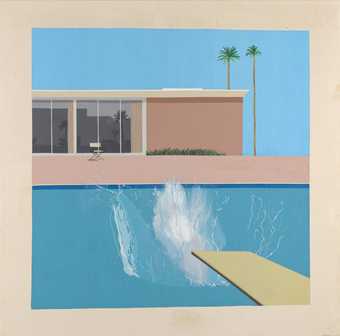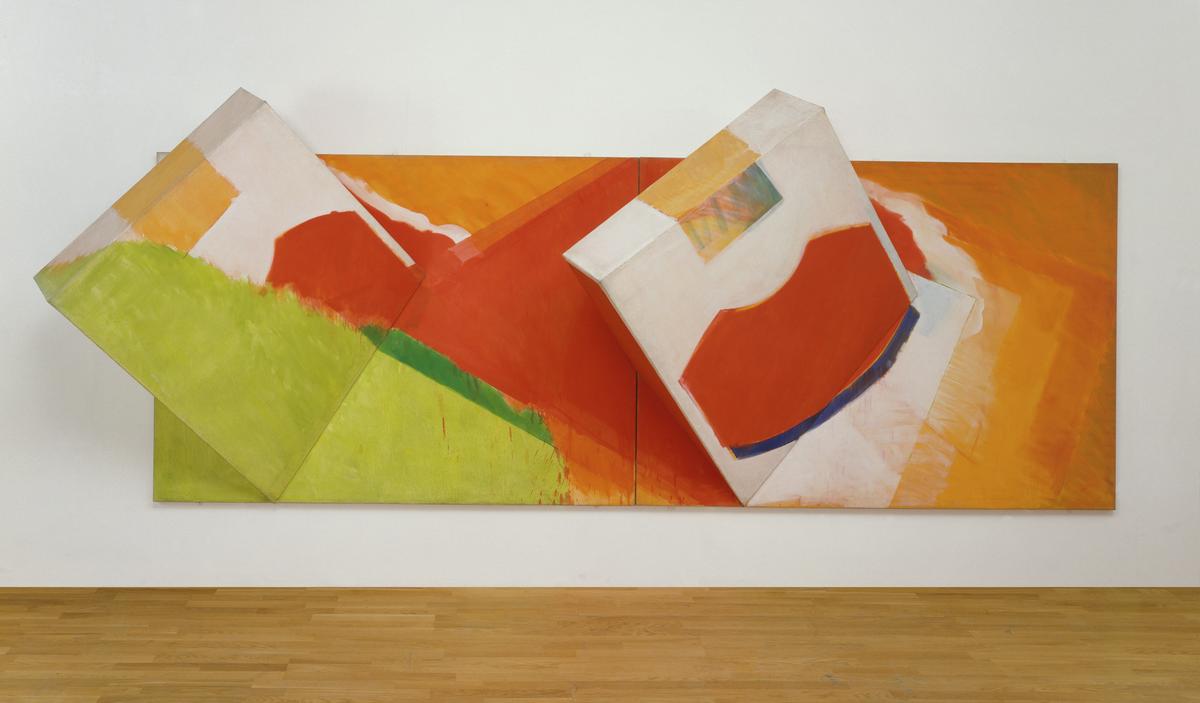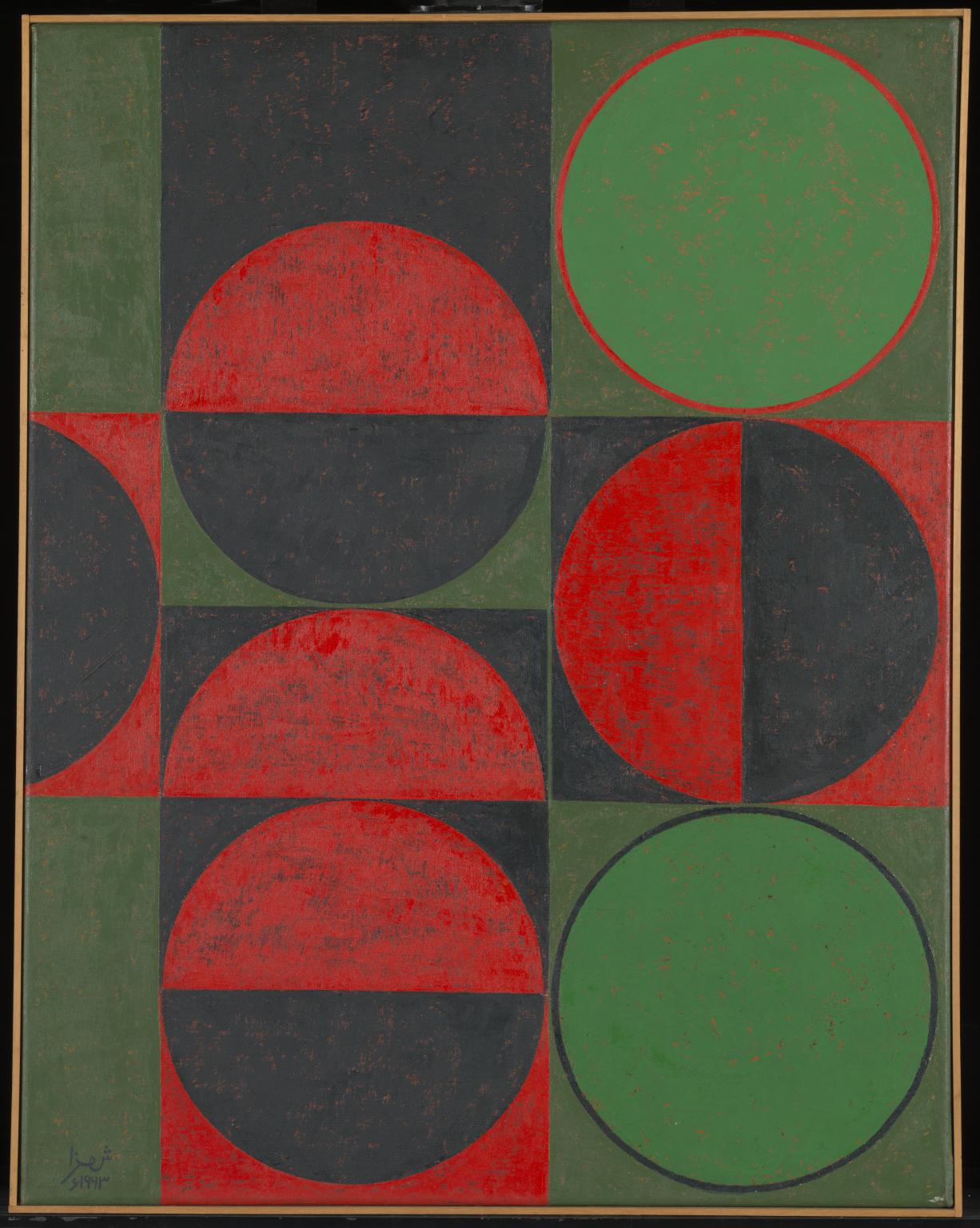13 rooms in Modern and Contemporary British Art
Social changes, popular media and a new spirit of optimism inspire artists to embrace vibrant, colour-saturated imagery
In the 1960s, the UK enters a period of relative prosperity, low unemployment and social mobility. Young men are freed from compulsory military service. The contraceptive pill gives women more control over their bodies. The Sexual Offences Act 1967 partially decriminalises gay relationships. The 1965 Race Relations Act prohibits discrimination on racial grounds. Britain becomes increasingly multicultural, despite immigration laws that restrict the entry of Commonwealth citizens.
Colour begins to saturate everyday life. New films, music and television, often celebrating North American culture, captivate the nation. This leads to an explosion of popular youth culture led by British pop and rock stars. The hopes and struggles of the time find expression in a new, bold visual culture of glossy magazines, colour televisions and advertising. Pop art celebrates and reflects on this new consumerism.
The colourful abstract paintings from the United States profoundly influence some British artists. However, the richness of 1960s British art is indebted to a broader range of lived experiences and cultural influences. London and its art schools play a crucial role in this development. State support enables working-class artists from outside the capital to study and pursue their careers. Artists also arrive in London from other European countries, British colonies and newly independent nations.
Art in this room
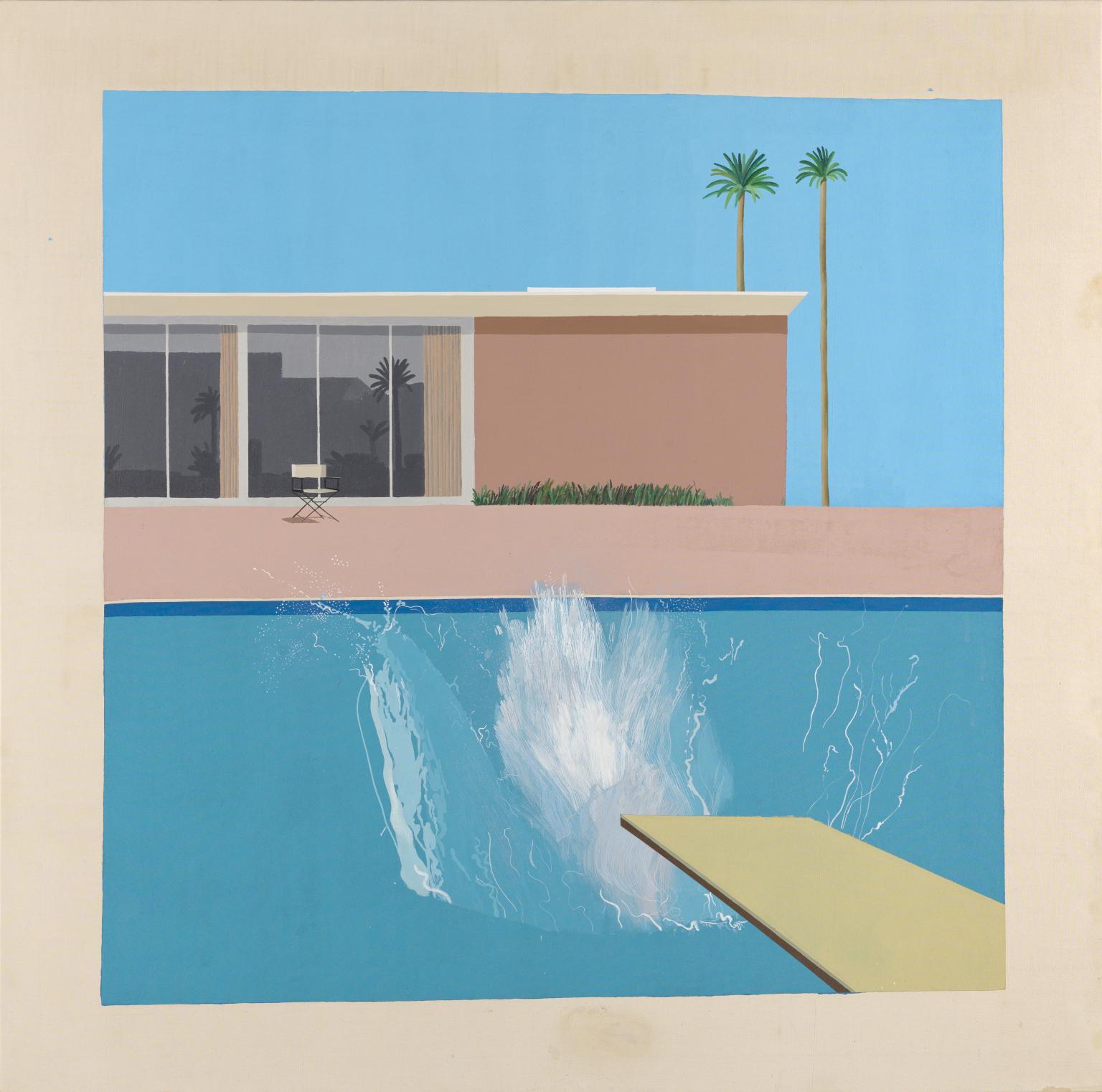
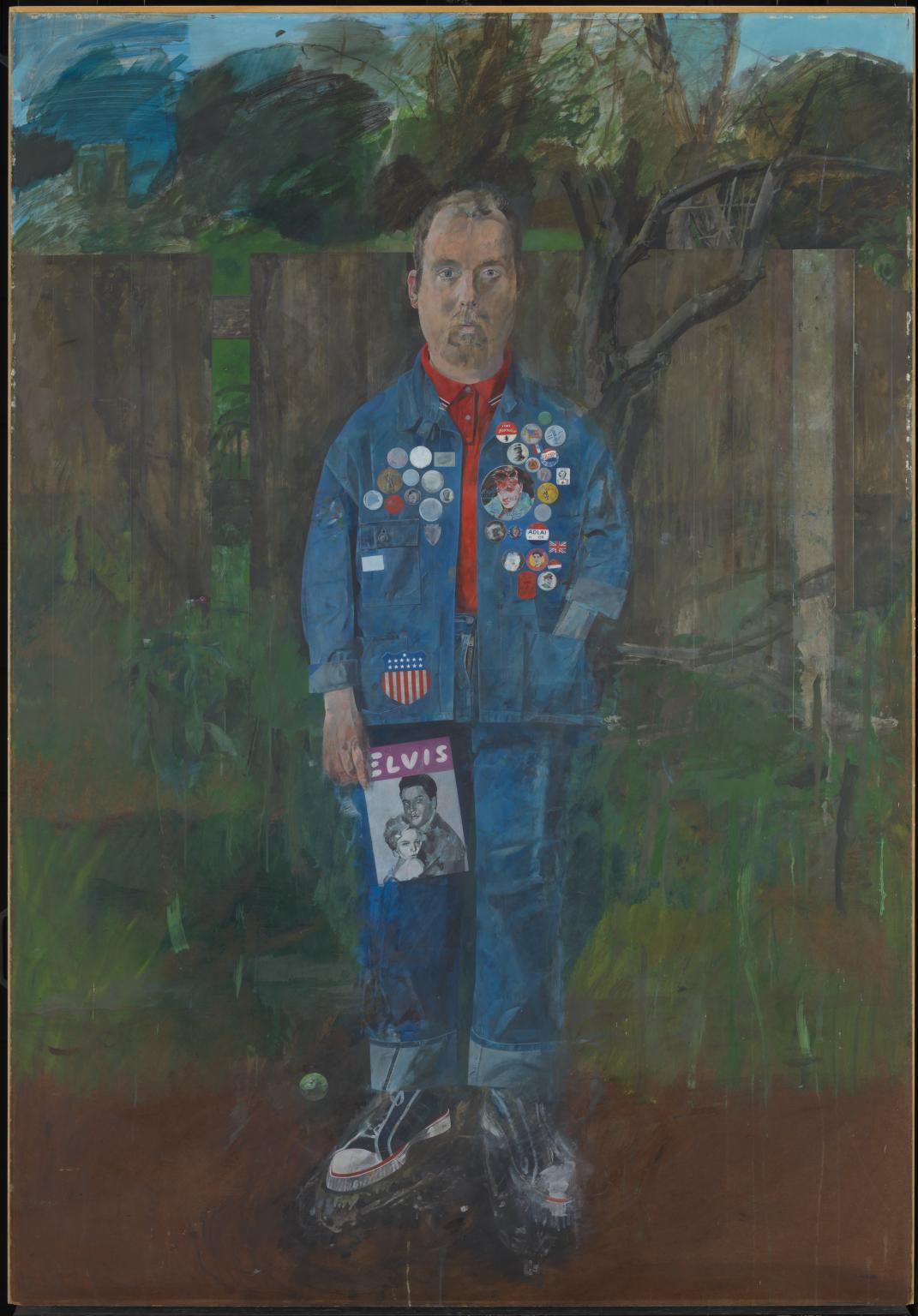
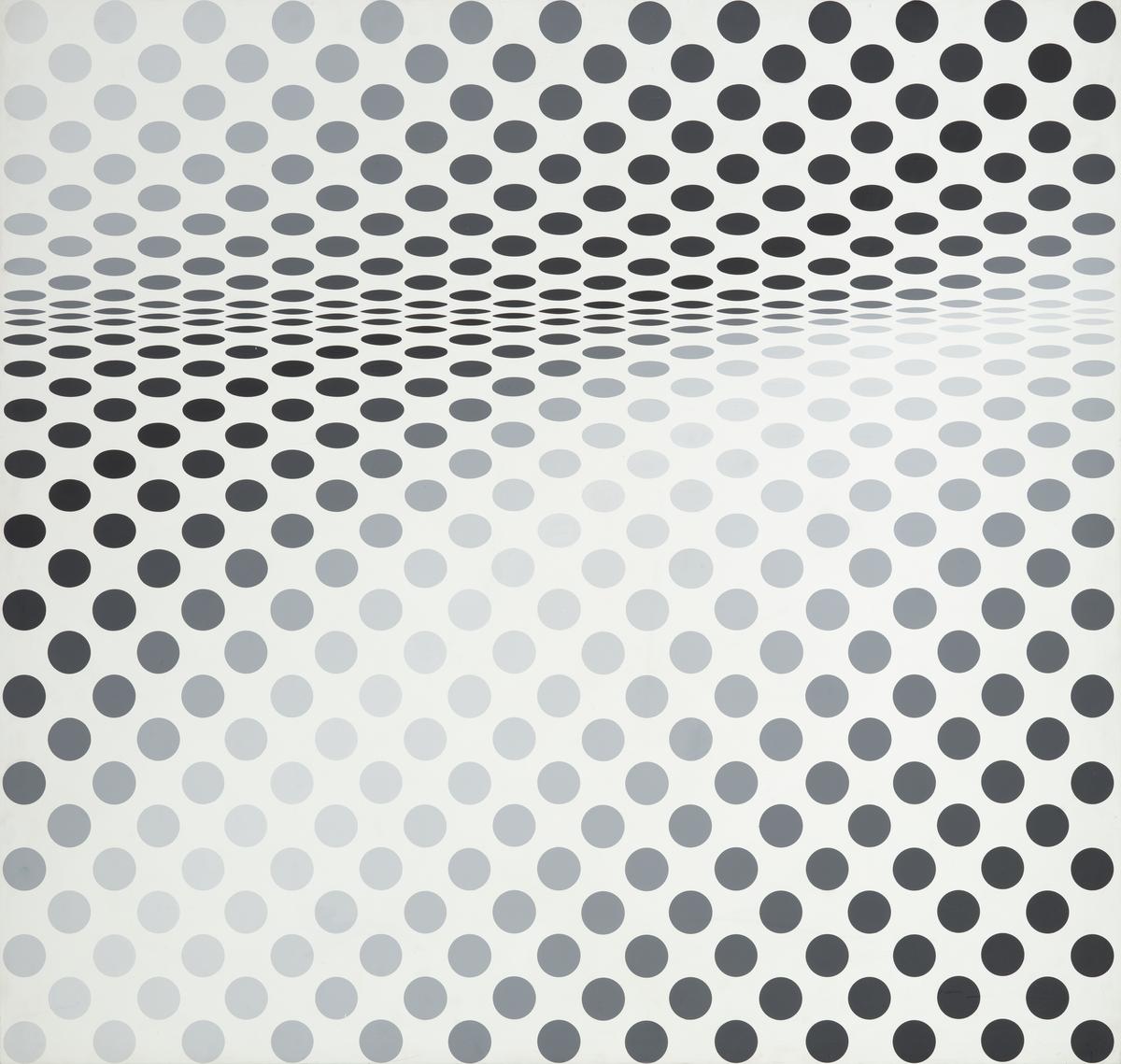

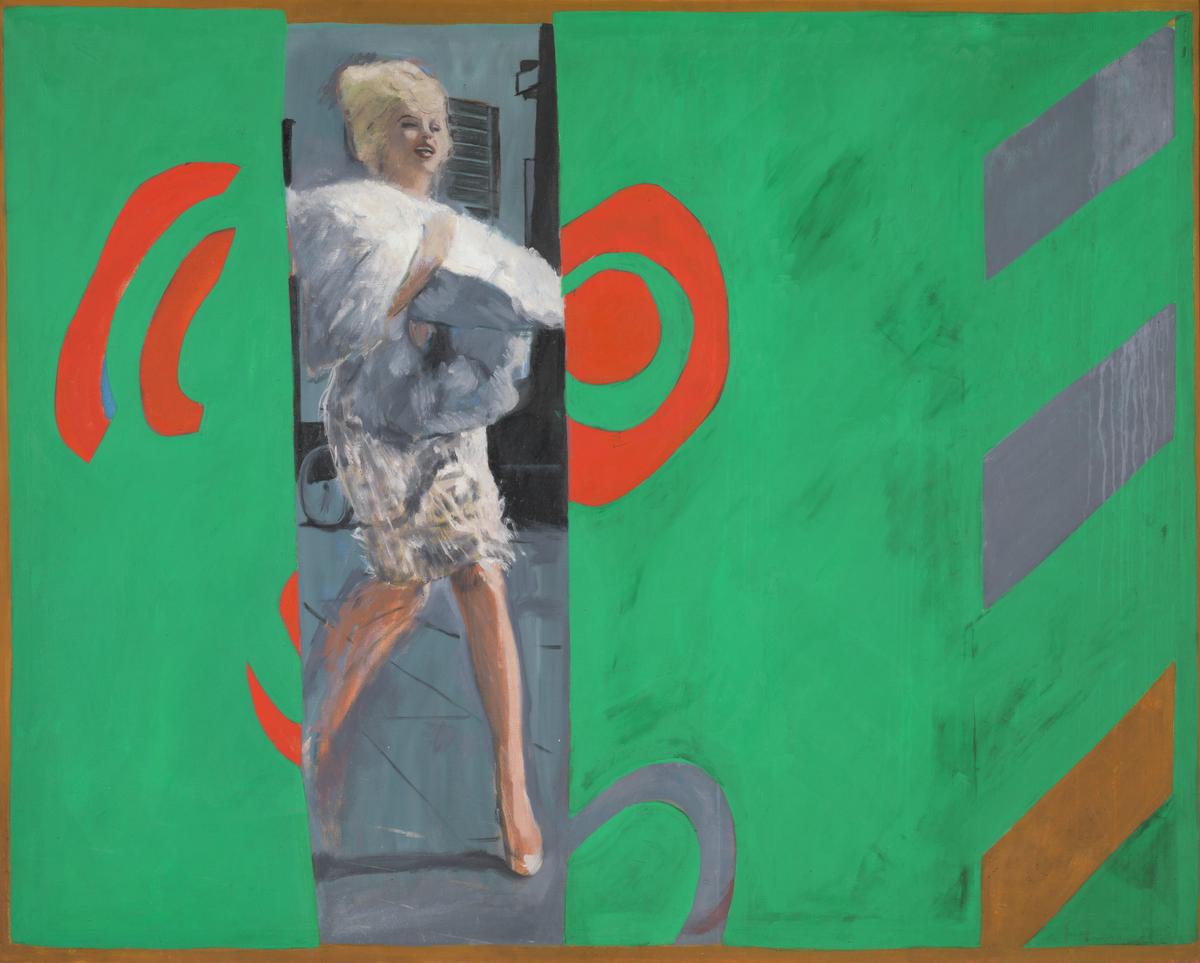
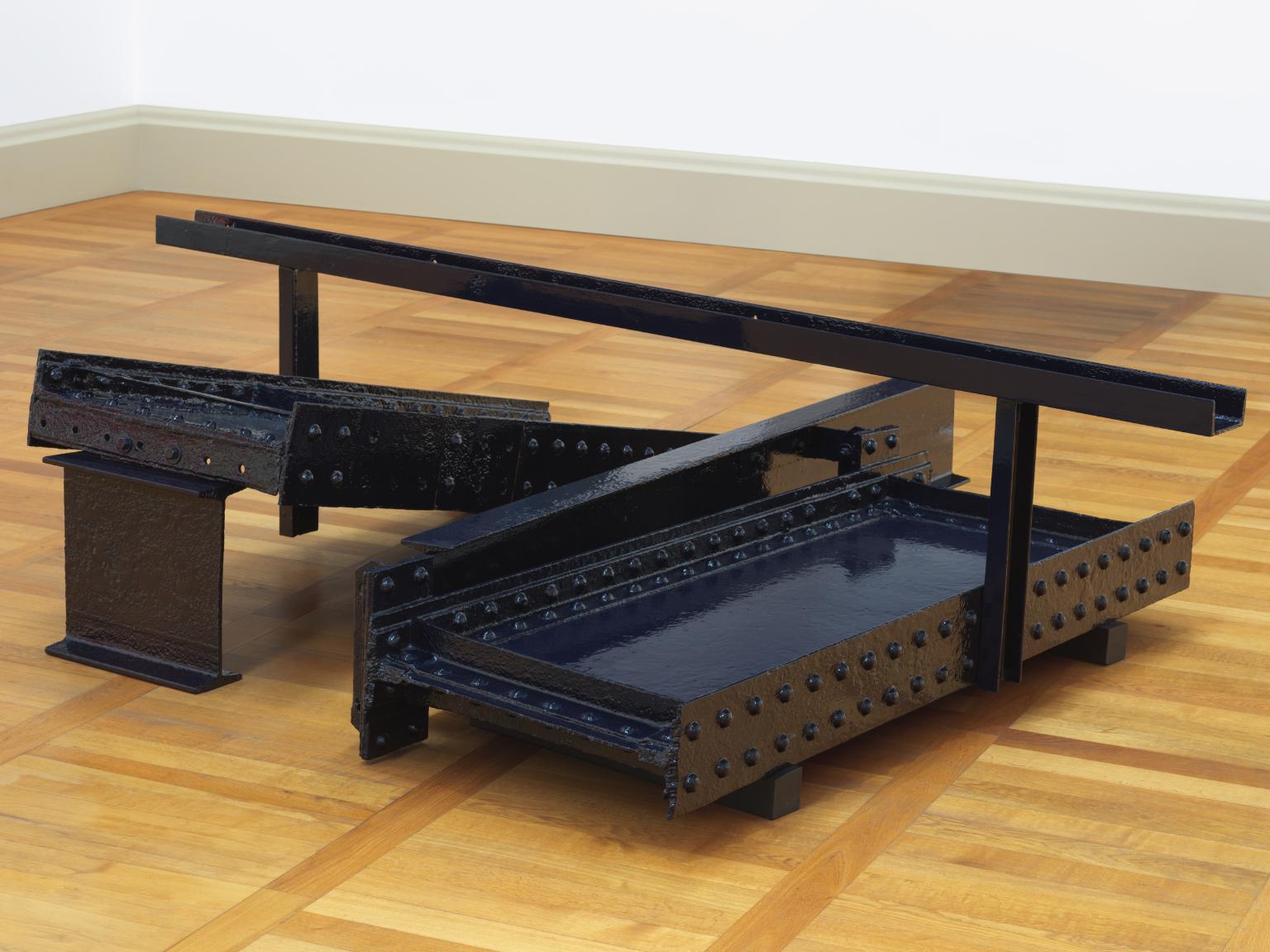
You've viewed 6/12 artworks
You've viewed 12/12 artworks

